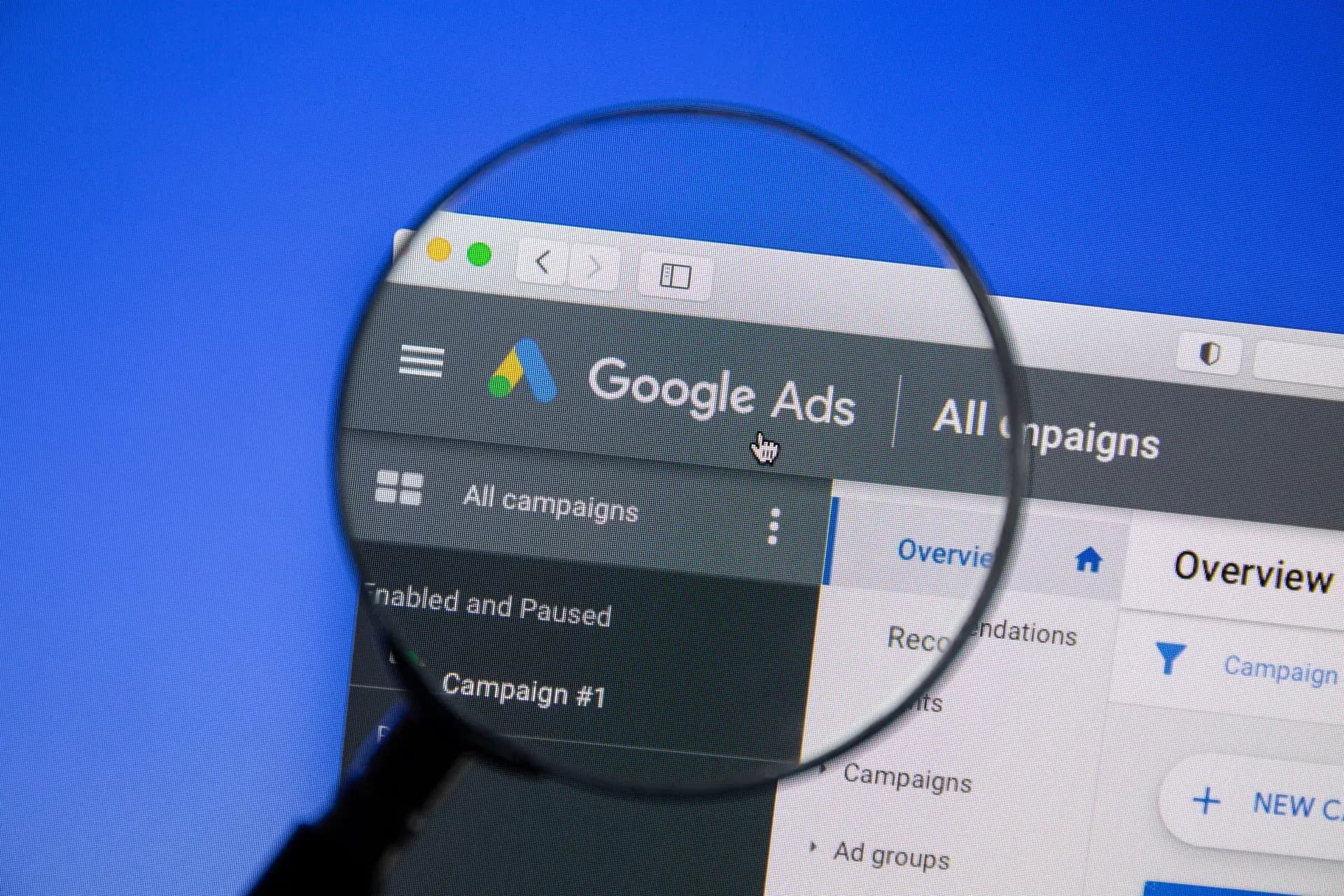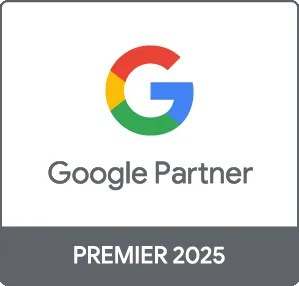Online advertising is an essential component of modern marketing strategies. Whether you are a small business owner or an entrepreneur, understanding the basics of online advertising can lead to increased visibility and sales. In this guide, we will explore the initial steps you need to take to effectively engage in online advertising campaigns. From identifying your target audience to choosing the right platforms, these steps will help you get started successfully.
Why Online Advertising is Important
Online advertising allows businesses to reach potential customers where they spend a significant amount of their time—on the internet. It provides a cost-effective way to promote products, services, and brand awareness. With precise targeting capabilities and measurable results, businesses can optimize their advertising efforts for improved ROI.
1. Define Your Goals
Before embarking on your online advertising journey, you need to set clear goals. Consider what you aim to achieve through advertising:
- Increase Brand Awareness: If you're just starting, you may want people to know about your brand.
- Generate Leads: Focus on capturing contact information from potential customers.
- Drive Sales: Prioritize direct conversions through your website or online shop.
2. Identify Your Target Audience
Understanding your target audience is crucial for effective online advertising. Conduct market research to determine:
- Demographics: Age, gender, income level, etc.
- Interests: What are their hobbies and preferences?
- Behaviors: How do they engage with online content?
3. Choose Advertising Platforms
Selecting the right platforms for your ads is essential. Here are some popular options:
- Google Ads: A dominant platform for search and display advertising.
- Facebook Ads: Target users based on their interests and behaviors on the world's largest social media platform.
- Instagram Ads: Ideal for visually-driven marketing, especially for lifestyle and consumer brands.
- LinkedIn Ads: Best for B2B advertising, targeting professionals and companies.
4. Set a Budget
Your budget determines the scope and reach of your advertising campaigns. Consider these budget types:
- Daily Budget: How much you plan to spend per day.
- Total Campaign Budget: Overall budget for the entire duration of the campaign.
- Cost Per Click (CPC) or Cost Per Impression (CPM): Decide how you want to pay for your ads.
5. Develop Compelling Ad Content
Creating high-quality ad content is vital for successful campaigns. Focus on these elements:
- Clear Messaging: Communicate your value proposition in a straightforward manner.
- Strong Call to Action (CTA): Encourage users to take action, like visiting your website or making a purchase.
- Visual Appeal: Use high-quality images or graphics that resonate with your audience.
6. Monitor and Optimize Your Campaigns
Once your ads are live, it's essential to monitor performance. Use analytics tools to track:
- Click-Through Rates (CTR): Measure how often people click your ads.
- Conversion Rates: Assess how many clicks lead to desired actions.
- ROI: Evaluate the return on investment for your campaigns.
Conclusion
Starting in online advertising can seem intimidating, but by following these steps, you can create effective campaigns that drive results. By defining your goals, understanding your audience, and choosing the right platforms, you will be on your way to mastering online advertising. If you're ready to elevate your online presence, consider partnering with Prebo Digital for expert guidance and tailored advertising solutions.





